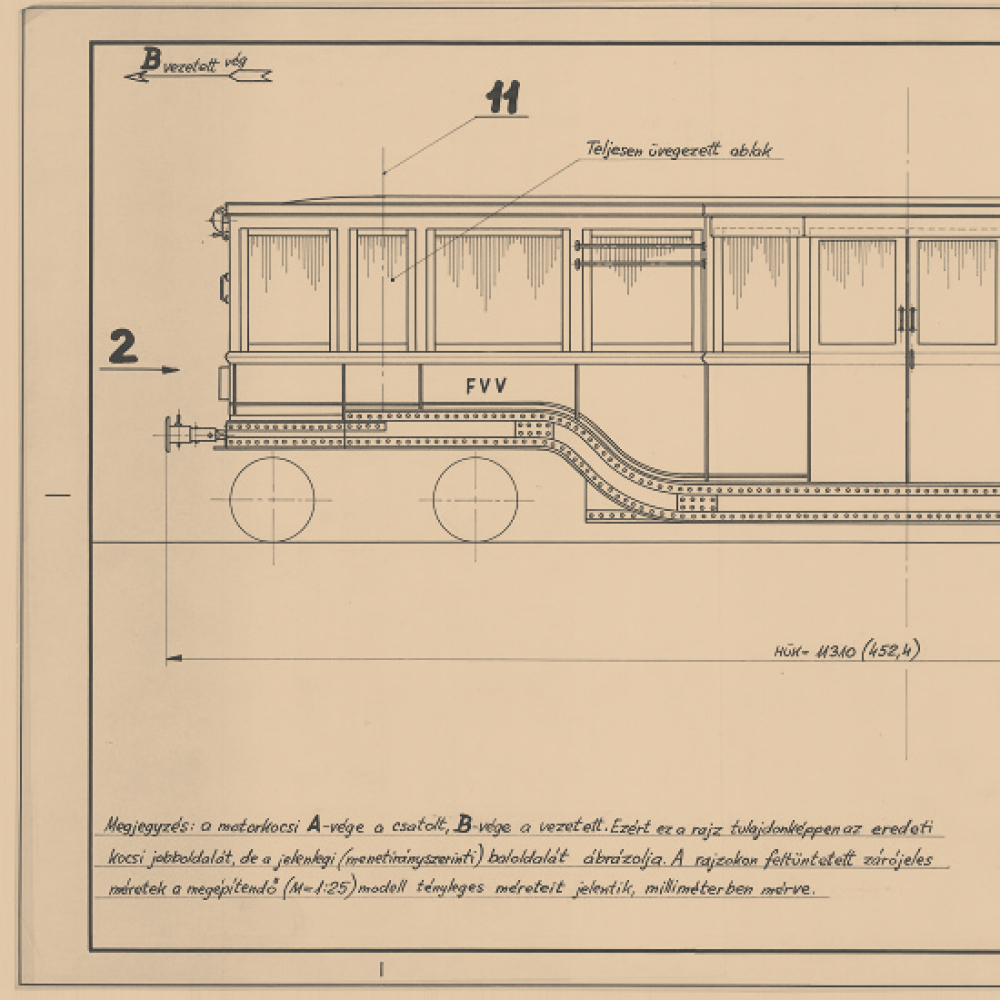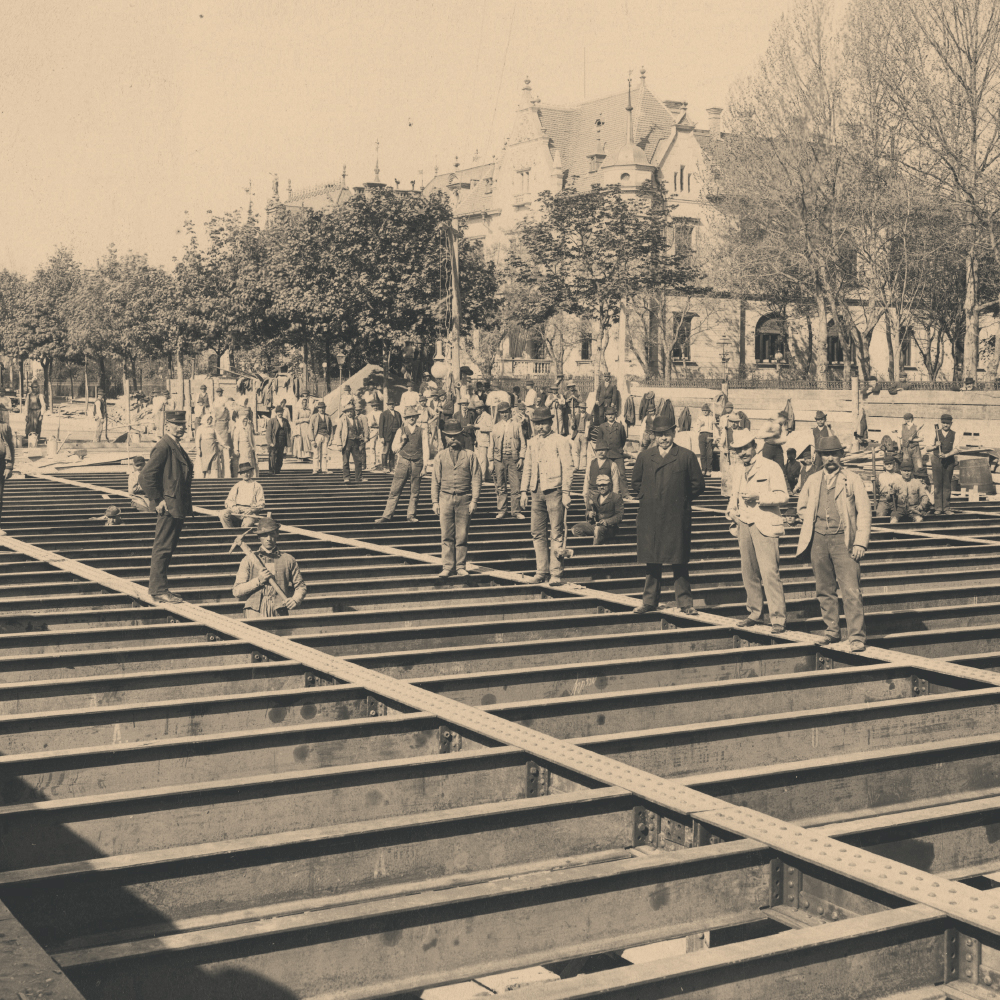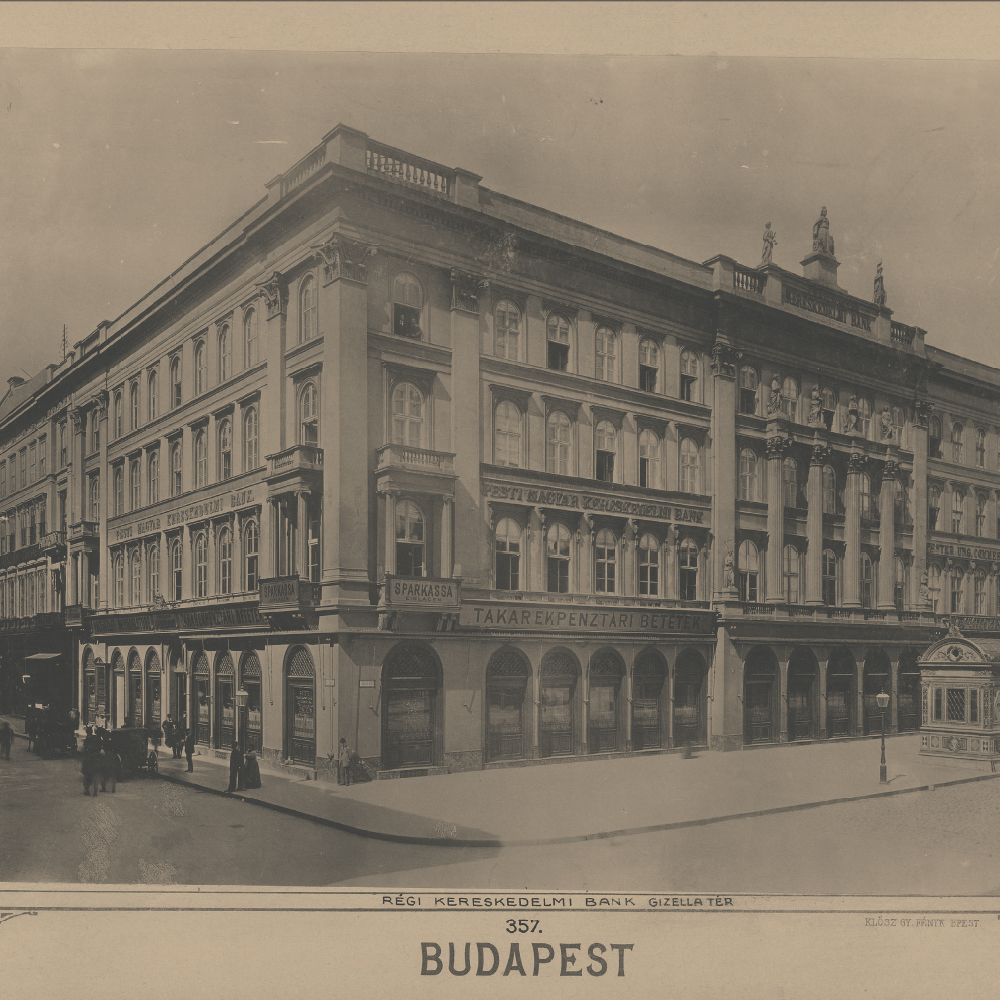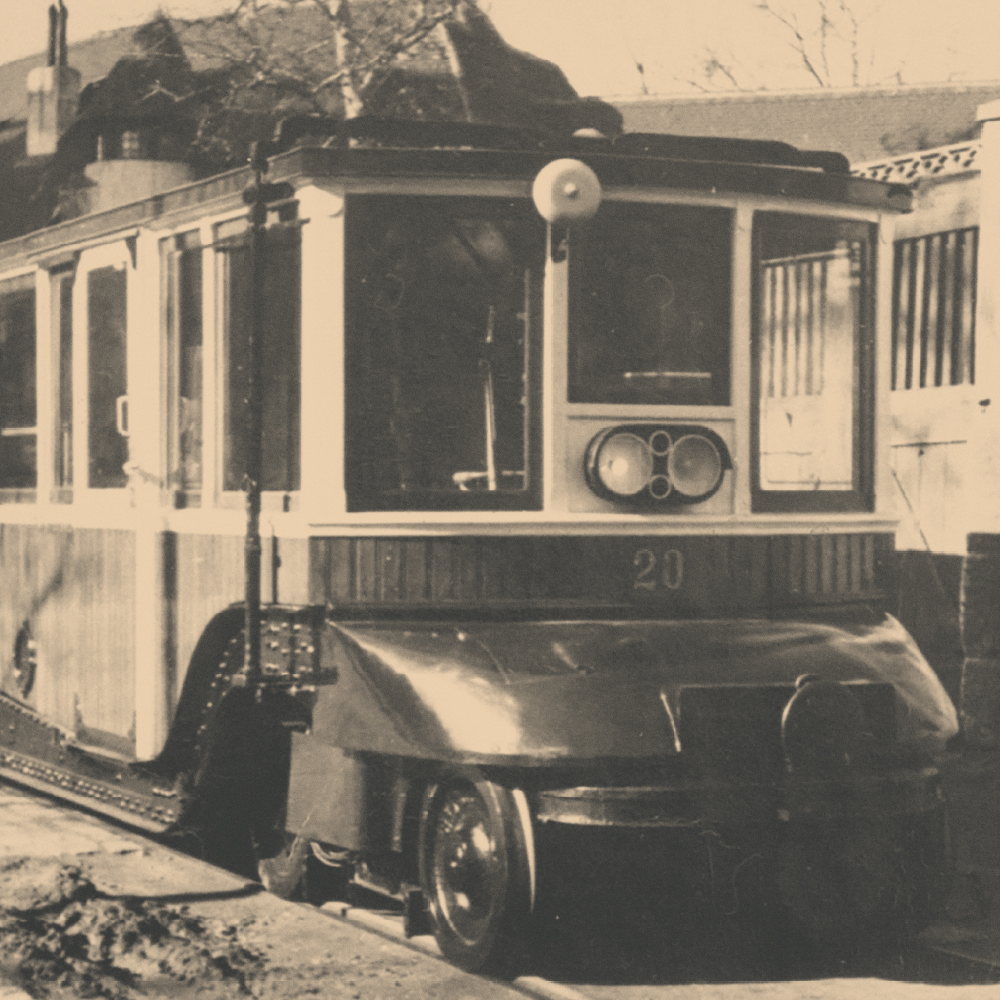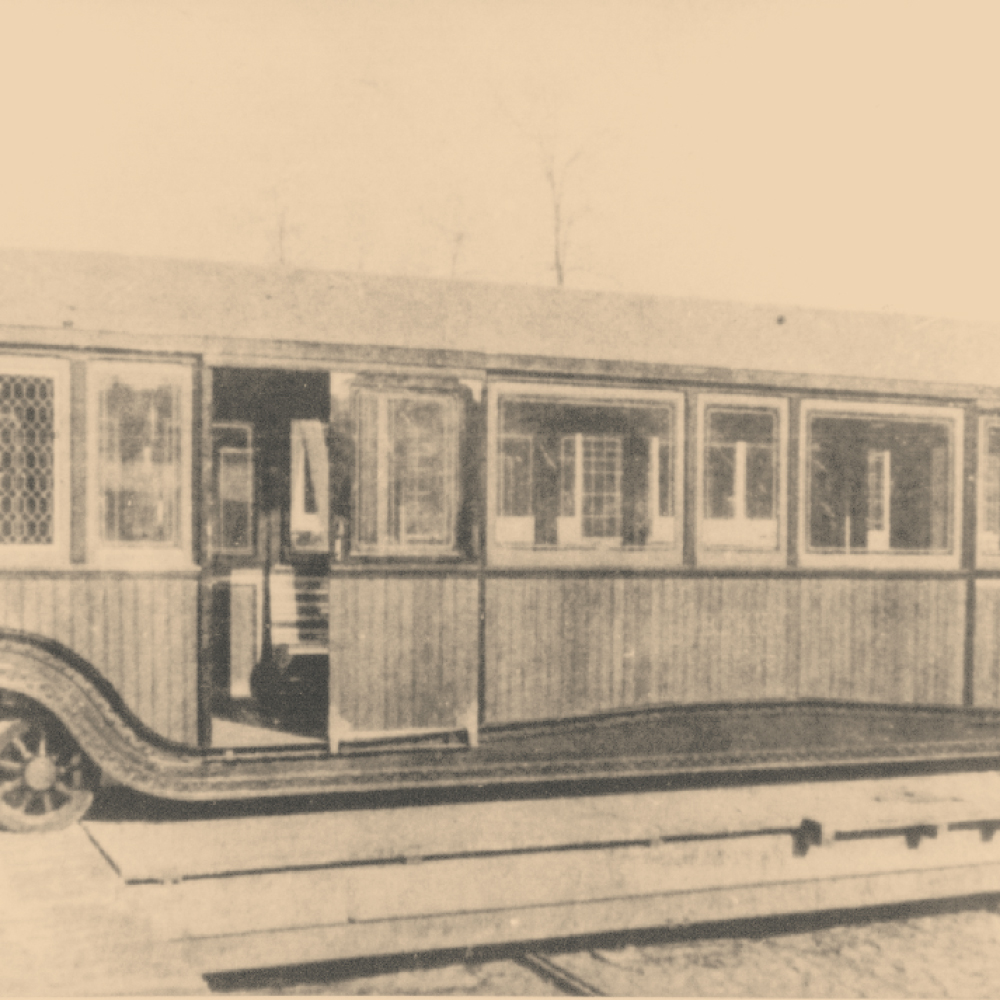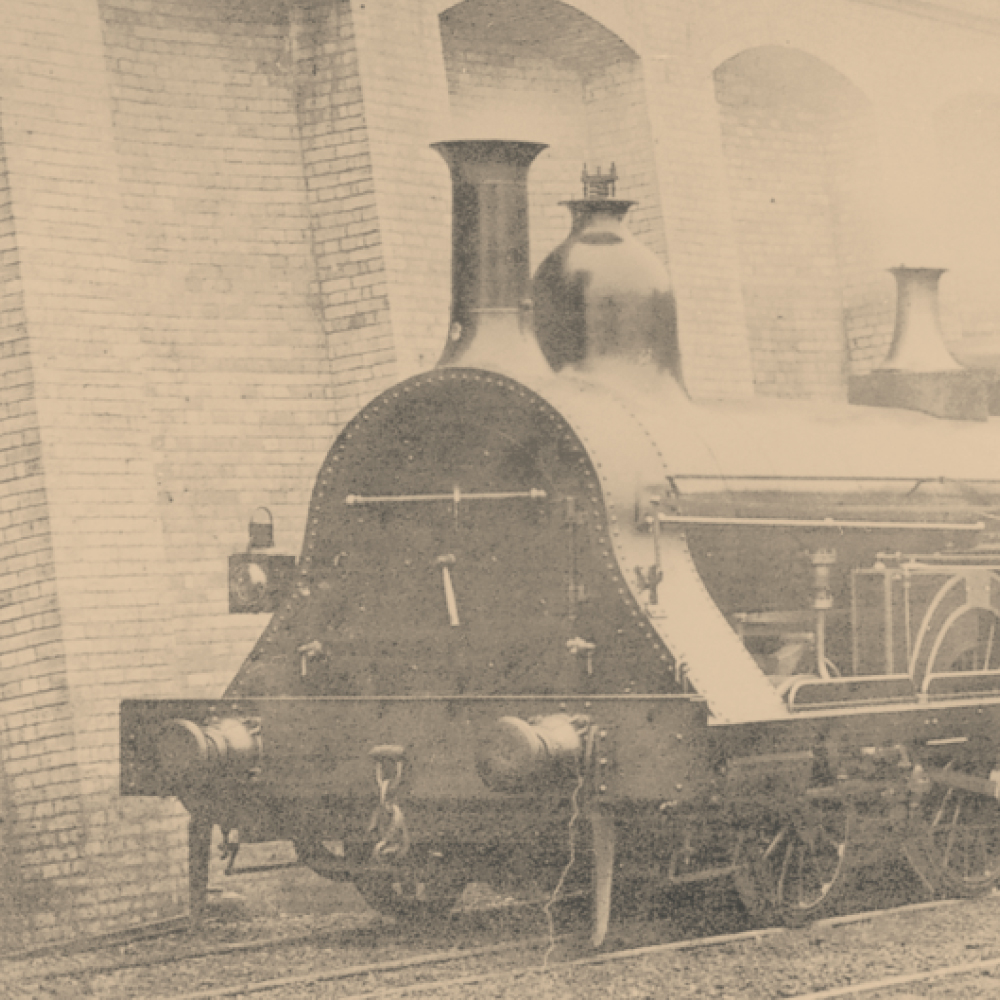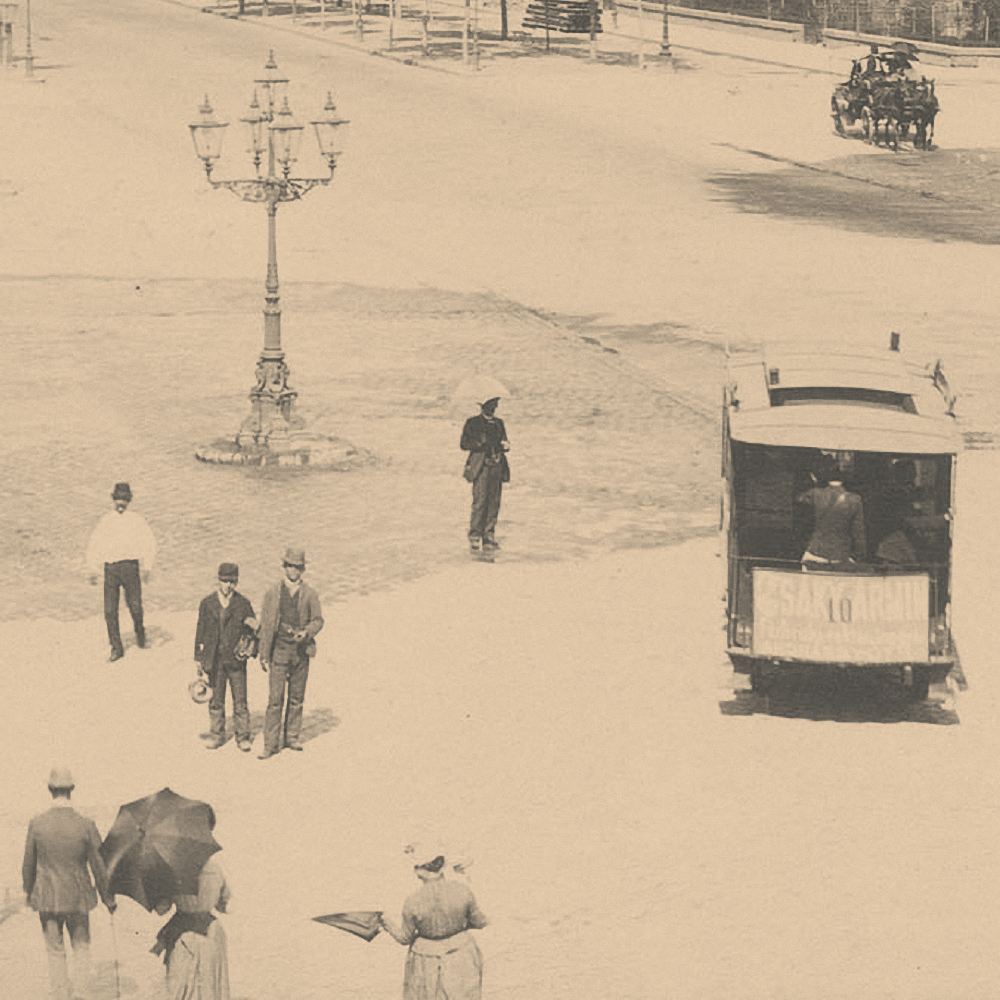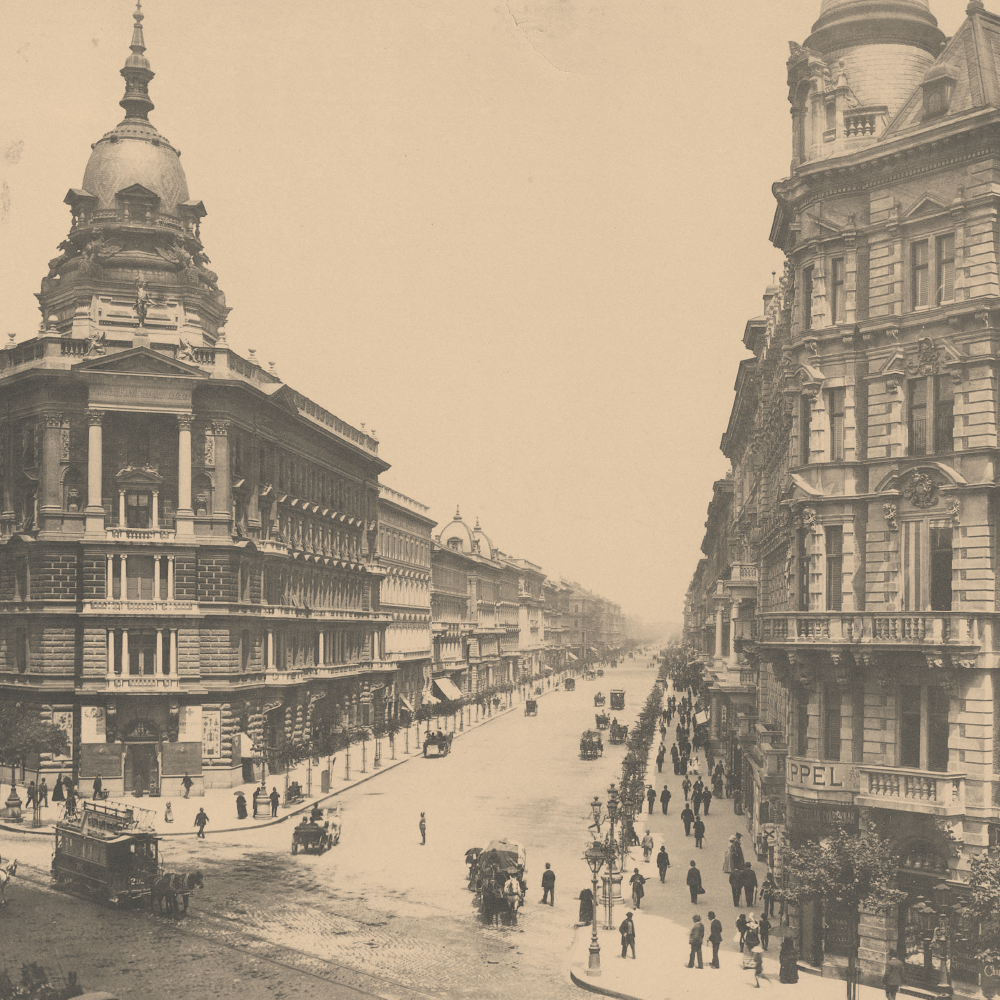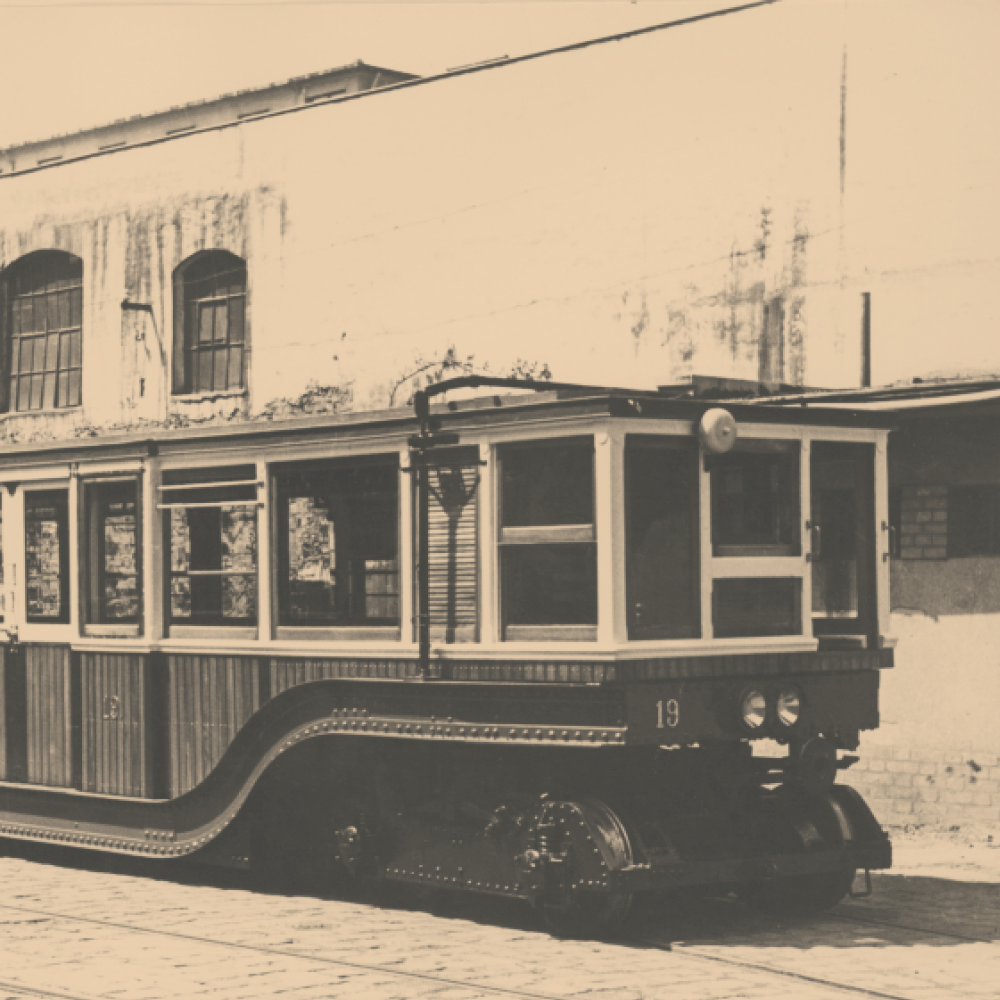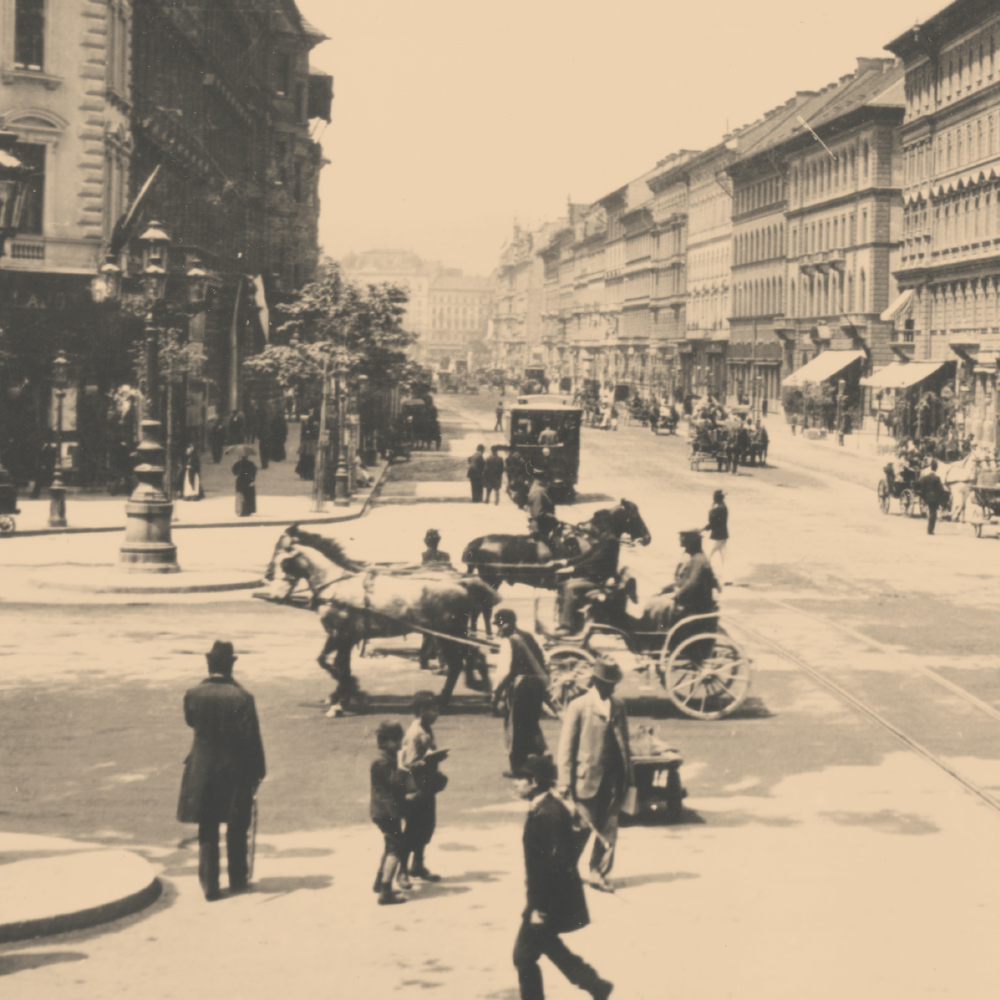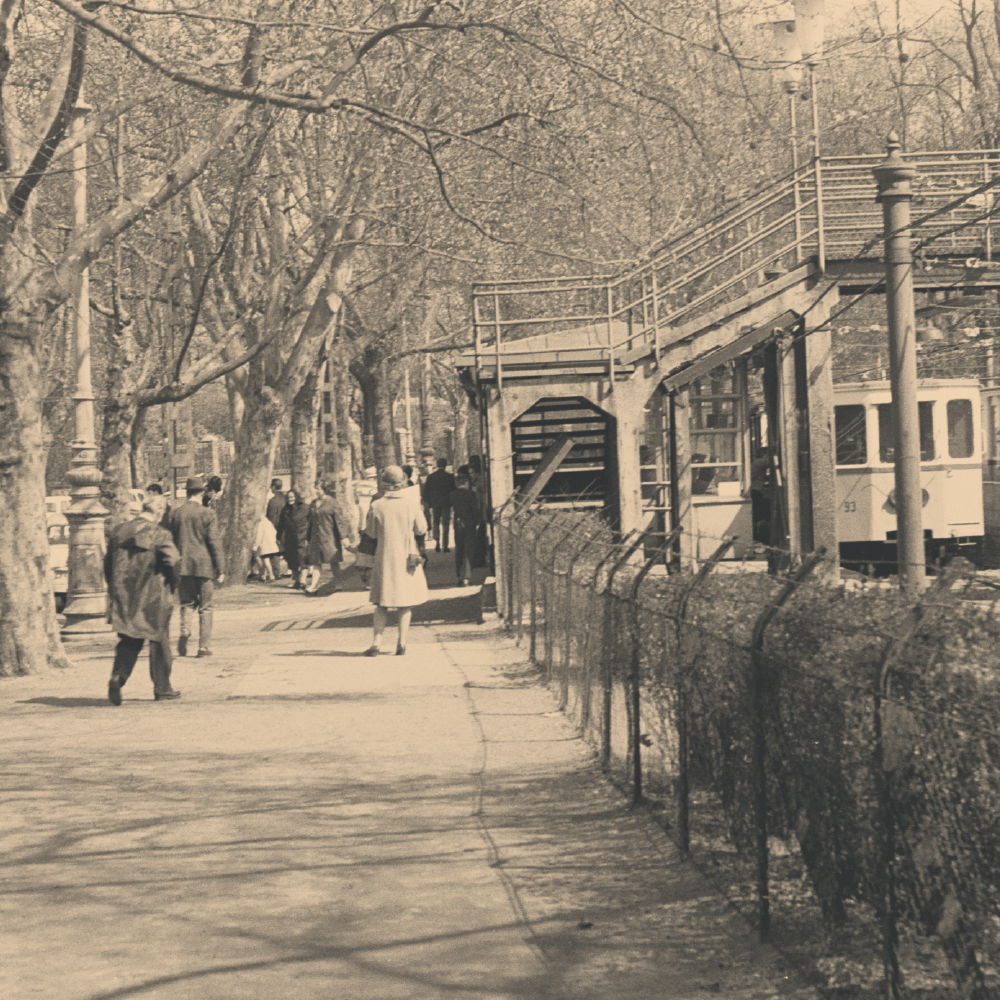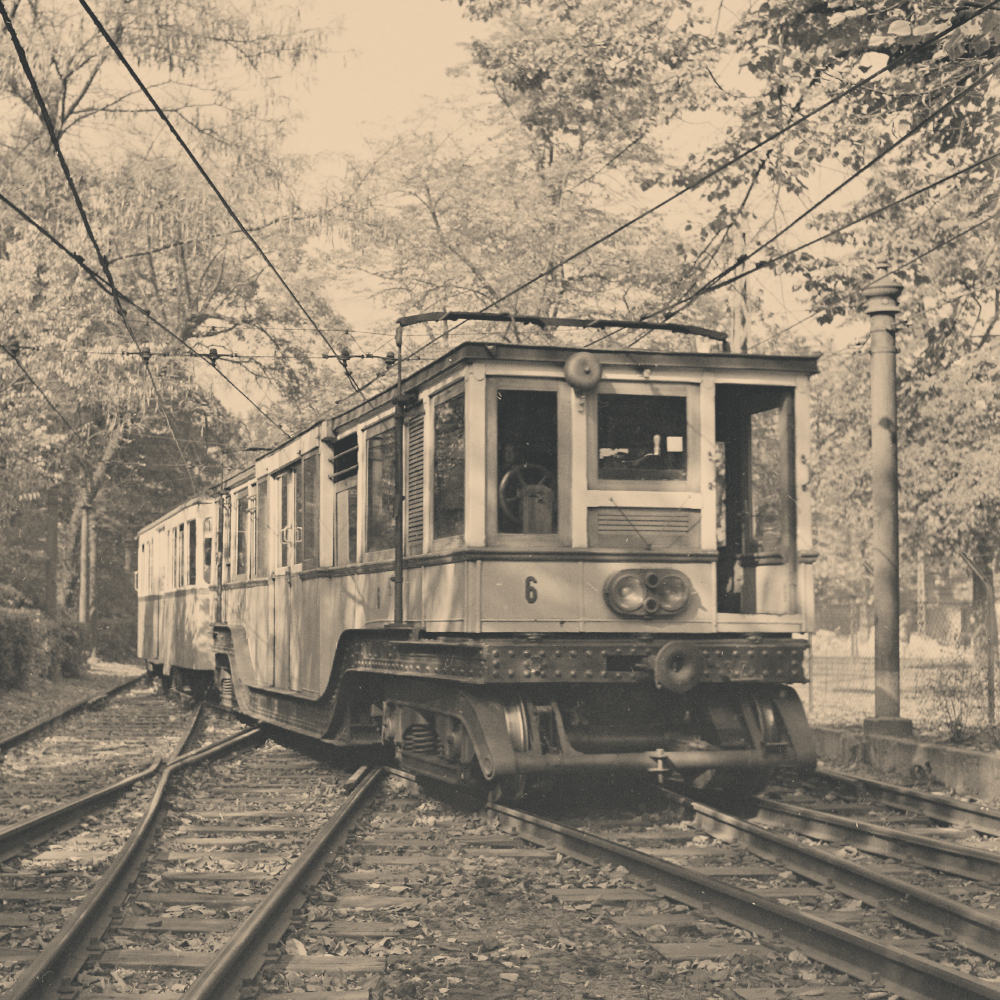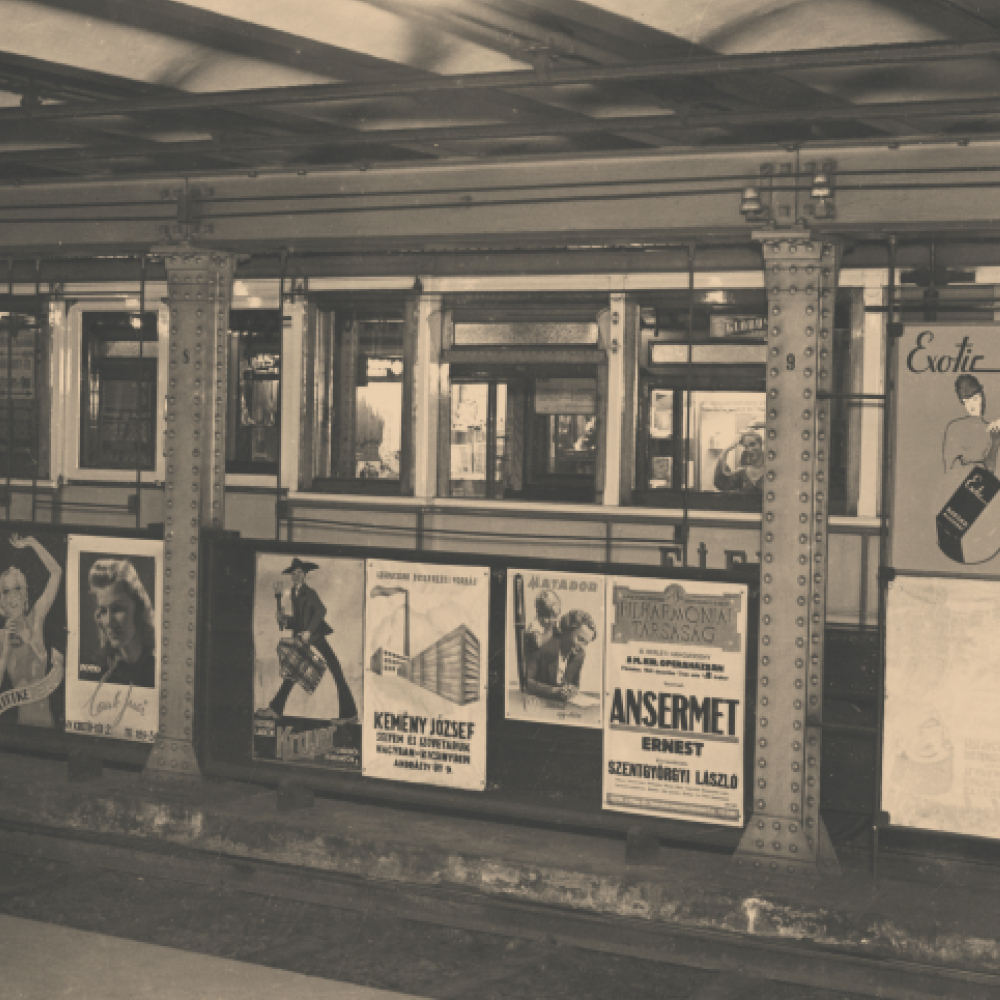
After opening the Avenue in 1876, the city wanted to build a modern transportation system. However, they declined all concepts that were above ground ...
Digging started in early August 1894. Production works were assigned to the Siemens company, the ground and concrete works belonged to Róbert Wünsch, ...
In 1895, the decisionmakers of the project could not decide whether they should have the stairs leading onto small structures above ground, or whether...
From 2 May, 1896, passengers could already use the newly built underground, as the work had already been completed and they had to try out the tracks ...
The so-called Emperor’s Coach was different from all other cars (except for its wooden frame): its technical accomplishments, its equipment and even i...
At the time, the Budapest Underground was differentiated from its counterpart in London by contemporary journalists. In 1896, the 17th issu...
Before the invention of its electrical version, public trains meant steam or horse-powered urban railway systems. Even though the steam-powered trains...
Several plans for an elevated railway were proposed before the underground.
Mór Balázs stated that the viaduct-style tracks would blemish the landscape. He was not allowed to use electrical conduits and cables for his trams, s...
„It was Mór Balázs who transformed Budapest into a model city for other cities on the continent to be followed”, the paper Hungarian Genius praised Mó...
Under Oktogon Square, the tunnels had to be built between the main water pipes and the tram tracks from the Grand Boulevard. They had to elevate a sma...
The underground won the Grand Prize at the 1900 Paris Exposition. Parts of this great achievement were obviously attributed to chief designers Mór Bal...
The 15th issue of Magyar Szemle wrote about the ticket machines (p. 180.):
„The electric underground railway is completely finished and awaits its visitors to carry them from the city centre ...
At the opening, all stations were decorated with Zsolnay ceramics, and had entrances in an Art Nouveau style (except at the Opera House, so as not to ...
At its opening, the underground’s total length was 3688.76 metres (3225.56 m underground and 463.2 m on the surface). The line had 11 stops, two of wh...











